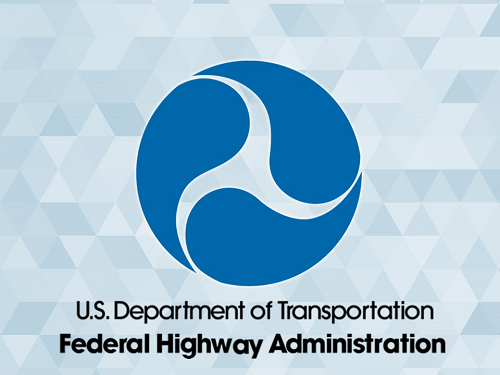The Maryland Department of Transportation is currently developing what it calls a “landmark action plan” to improve and expand trail connectivity statewide. The agency said this plan will guide future investment in shared-use paths, helping to advance efforts to reduce greenhouse gas emissions, boost alternatives to driving, and prioritize the safety of all road users across the transportation network.
[Above photo by Maryland DOT]
Updated for the first time in more than a decade, the agency said its revised “Maryland State Transportation Trails Strategic Plan” should be completed by 2025. It aims to align with existing bicycle and pedestrian efforts such as the new department-wide “Complete Streets Policy” and the data-driven “Pedestrian Safety Action Plan” formulated by the Maryland State Highway Administration; a division of Maryland DOT.
The agency noted that this new trails initiative, which will “leverage both state and federal dollars,” also aims to build on the “foundation” created by Maryland DOT’s 2009 Trails Plan and the 2050 Bicycle and Pedestrian Master Plan to meet state sustainability goals and address growing demand for an integrated transportation trail system.
“Shared-use paths are a critical piece of Maryland’s transportation system and contribute to the Maryland Department of Transportation’s goals of enhancing accessibility and connectivity, growing the economy, and expanding safe routes for pedestrians and bicyclists,” said Maryland DOT Secretary Paul Wiedefeld in a statement.
[Editor’s note: Maryland Governor Wes Moore (D) recently announced $16 million in funding for 36 bicycle, pedestrian, and trail projects statewide. That includes $13.9 million in federal funding awarded through the state’s Transportation Alternatives Program and Recreational Trails Program, along with $2.1 million via Maryland DOT’s Kim Lamphier Bikeways Network Program.]
This fall, the Maryland DOT said it will begin taking an inventory of the existing trail infrastructure, identifying the shared-use path network, missing trail links, and unused rail corridors that can be turned into shared-used paths as part of its strategic trails plan.
Other state departments of transportation are engaged in similar trail network expansion plans.
For example, in May, the Utah Department of Transportation issued nearly $95 million to support 19 trail projects – including the construction of new paved trails as well as funding for planning efforts to fill in existing trail gaps – as part of creating a regional “Utah Trail Network” across the state.
The agency said that it collaborated with communities statewide regarding the allocation of that funding – approved by the Utah Transportation Commission – to select the key projects for this statewide trail network.
Of the projects selected for that inaugural round of funding, Utah DOT said 13 are considered construction ready and could get underway as soon as 2025 – depending on contractor schedules, supply availability and other factors like weather.
Additionally, the Texas Department of Transportation is developing a Statewide Active Transportation Plan or SATP to gather recommendations for improving bicycling, walking, and rolling conditions across the Lone Star state.
TxDOT noted the SATP is being integrated with its other long-range mobility plans to help it maintain a safe, accessible, connected, and fully integrated multimodal transportation system for the future, since the population of Texas is expected to grow by 28 percent by 2050.







